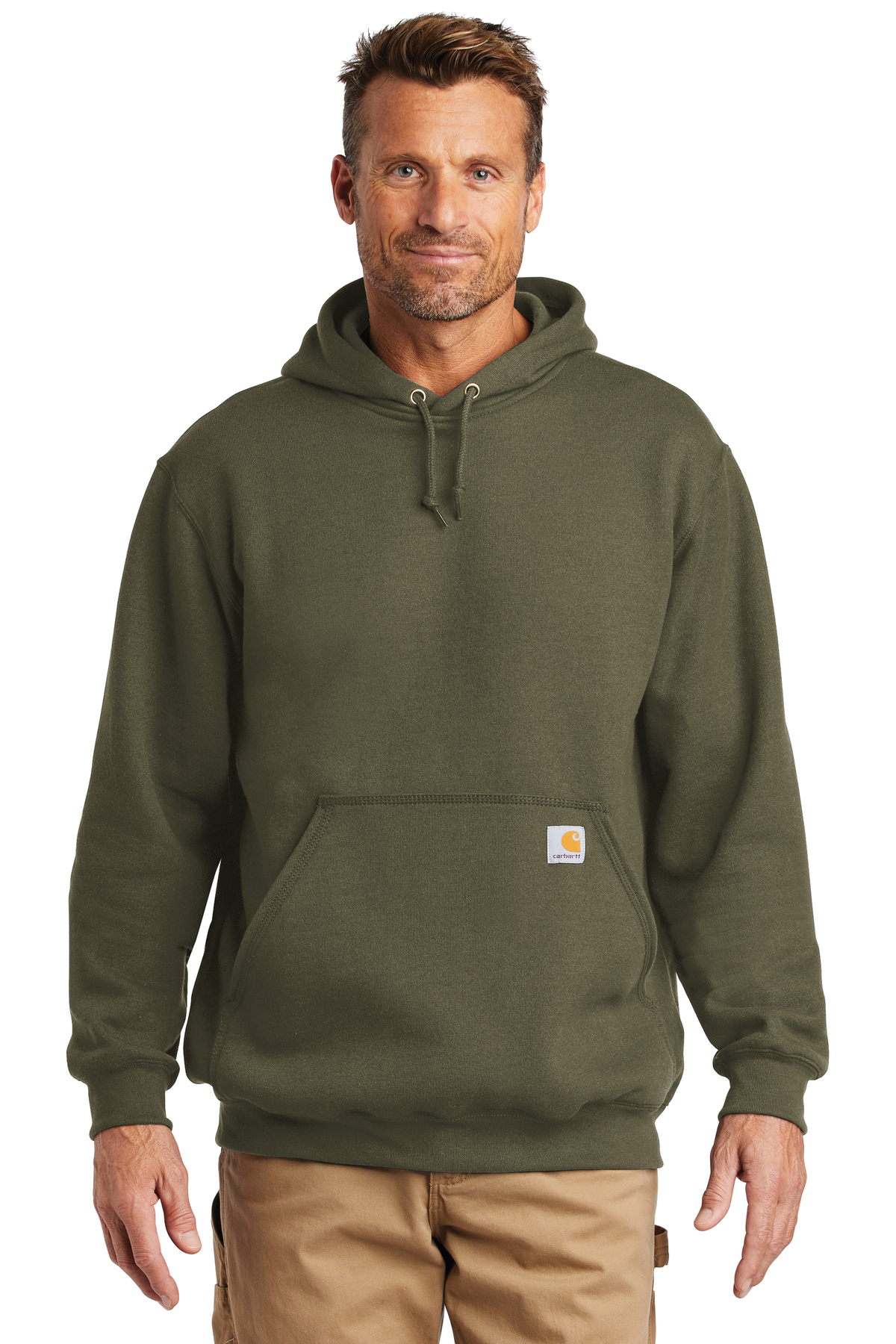sweat shirts are long-sleeved pullover shirts that are typically made of thick cotton cloth. They are usually used for casual wear but aren't so formal as sweaters and cardigans. They do not usually have a hood. If you are interested in buying a sweatshirt here are a few tips:
Norma Kamali sparked the appeal of sweatshirts
Since the end of the 70s and into the late '70s, Norma Kamali has transformed the basic sweatshirt into an art form. Her designs are now an essential part of every woman's wardrobe. Her distinctive styles include tummy-tucking t-shirts to a crew neckline to thick leather sweatshirts. Her clothing is also designed with unusual shapes, such as tanks with a long trumpet skirt.
The collaboration with the brand and sweatshirt manufacturer Everlast resulted in her Timeless collection, which was hugely popular when it debuted in the spring catalog of Spiegel. The collection featured interchangeable and convertible knits in classic shapes, and many pieces were priced at less than $20. Even even if The Norma Kamali Timeless collection was not available in stores, customers could still find these pieces through eBay and Poshmark.
Merino wool sweatshirts are more comfortable than soft sweatshirts.
Merino wool is known for its ability to wick moisture away that help keep you comfortable and dry. Merino wool is an organic fiber and also offers a smoother and more comfortable feeling. It also drys quickly in comparison to other natural substances. Furthermore, merino is a sustainable resource. The merino sheep shed their coats each year, and then grow new ones.
Merino's weight-to-heat ratio is high, and the warmth of wool makes it an ideal material for sweatshirts. It aids in controlling body temperature due to its natural loft, which holds heat in the fibers. This is why Merino wool sweater s are ideal for outdoor activities in the summer, like hiking, mountain biking, and running. The warmth they provide helps keep the wearer comfortable and dry. This is important when working out.

Zip-front hoodies have kangaroo pocket
Kangaroo pocket Hoodies are a well-loved style of hoodies. These hoodies have a large pocket in the front, that keeps your hands warm on chilly days. They are additionally more practical than conventional pockets, since they allow your hands to slide into and out effortlessly.
Kangaroo pockets are usually large enough to fit an entire wallet or small personal items. They are commonly big enough to hold a small hand, and can even be wide enough to fit two hands. They feature wide openings on either side and are ideal for carrying small objects.
French Terry fabric is a well-loved fabric for sweatshirts
The French Terry fabric is composed of soft yarns knitted into loops and is typically midweight. It is also famous because of its capacity to absorb away moisture and is pre-shrunk. French Terry is an excellent option for sweatshirts since it is warm when you need it and helps keep you cool when you're trying to cool down.
French Terry is also popular for loungewear, since it is stretchy enough and has enough flexibleness to feel great against your skin. It also allows air to circulate around the fabric, making it ideal for layering under other clothes. Furthermore, because it's lighter than other sweatshirts, you can wear it all through the year without feeling too warm or cold.
Hoodies can be classist.
While it may seem that hoodies are an appropriate attire item for working class people but the truth is that they carry classist connotations. Hoodies first became used in the early 1970s in New York, where graffiti artists would wear them to conceal their identities. In 1976 the hoodies made their big film debut in "Rocky," when the protagonist of the film was a working class man in grey sweats that were hooded during his memorable climb to the top of the Philadelphia Museum of Art.
Hoodies are usually associated with destruction, death and other unpleasant things, and yet they also serve practical purposes. For instance, monks and priests might wear hoods in order to display respect and a sense of self-control.
